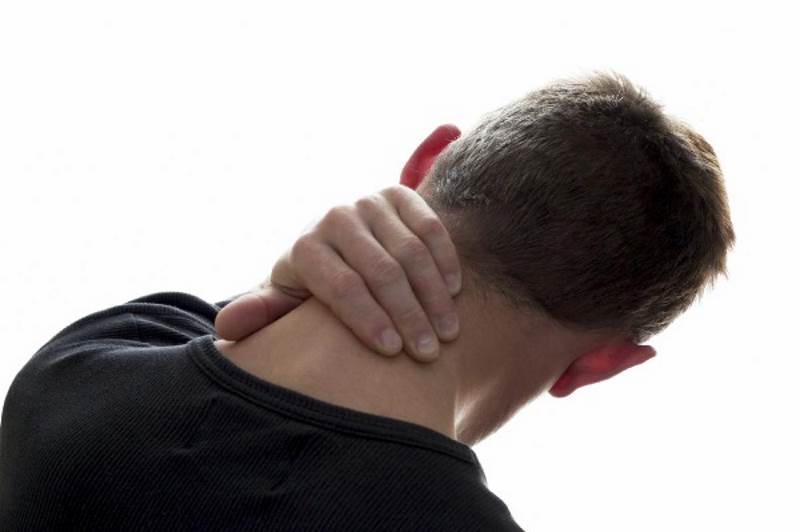Cervical Radiculopathy
Ever had pain radiating from your neck to your shoulder and down your arm? Perhaps losing strength in your arm or a feeling of numbness or tingling in the fingers? Chances are that you have irritated a nerve in your neck and that nerve is sending these painful or distressing symptoms down your arm.
The neck, or cervical spine, is comprised of the top seven vertebrae of the spine. These vertebrae form a solid yet fluid structure – solid to encase the spinal cord which runs down the centre of the spine, and fluid as the vertebrae move on each other as the neck bends and rotates. In between each vertebrae there is a opening called the intervertebral foramen, and it is here where the nerves that branch off the spinal cord exit the spine. These are called the nerve roots and the ones from the lower half of the cervical spine combine to form a group of nerves that travel into the arm, giving us sensation and muscle power.
Each nerve will follow a specific pathway from the neck to the arm, and nerves like to have space to slide and glide along that pathway. If at any point the nerve is compressed or pinched, then the nerve signal can be affected and as a result we can experience some of the symptoms mentioned above – pain, altered sensation, or reduced power in the arm.
There are certain areas where the nerve is more likely to become pinched in the neck. The intervertebral foramen that it travels through to exit the spine is the first. Anything that encroaches on the foramen such as a disc bulge or a bone spur can reduce the space available for the nerve causing compression. Then once it is through the foramen, the nerve travels between some tightly packed muscles in the neck so any increase in tension in these muscles can also cause compression of the nerve as it moves through this area.
If these symptoms ring a bell with you, a physiotherapist can perform a series of tests that will determine exactly which nerve is irritated and exactly where it is getting pinched. The location of your symptoms or the specific muscles that have lost power will help to determine the area of your neck that needs to be treated. There are several treatment options to resolve your symptoms, and which treatment will be most effective for you will depend on the findings from the assessment. Some common techniques used to treat cervical radiculopathy are manual therapy to create more space for the nerve, traction to take the pressure off the nerve, and acupuncture to stimulate the nerve in order to fully restore the nerve signal. Once there is no compression on the nerve and any inflammation around it has settled, then your arm symptoms should subside and full function should be restored.

